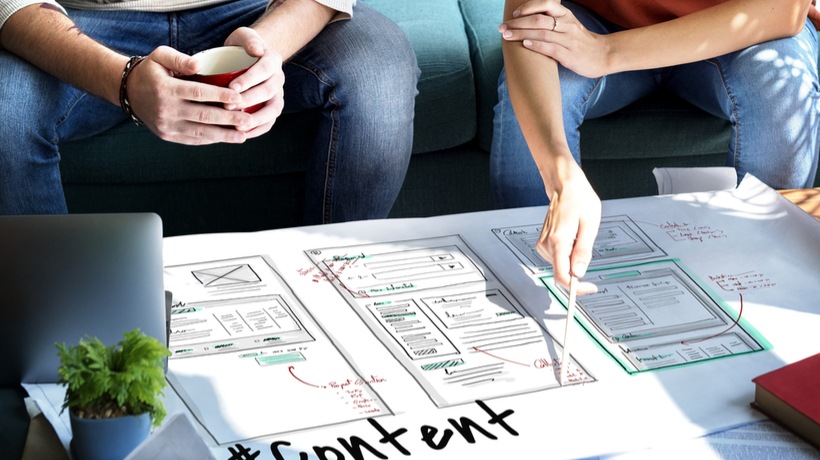How To Develop Content For Authentic Learning
Learning by doing is the basis of authentic learning and is considered one of the most effective strategies for instruction (Lombardi, 2007). So why not required this of your students? In my previous article I discussed the importance of assessments and requiring students to apply the skills and theories learned in the course to real world applications while guiding students and requiring that they bridge the gap between the learning materials and the application. This process is not easy and requires a continuous involvement of reflection for both the teacher and student. Keep in mind that the framework has already been completed as you have broken down the summative assessment into units and have written the formative assessments as well as objectives. Nonetheless, learning units should follow this process:
- Learn.
- Apply (assignment).
- Feedback.
- Apply (application).
- Feedback.
When beginning to design the learning materials it is important to refer to the Perception-action Cycle written by Christine Byrd and the MIND Research Institute (2017). The cycle begins by the brain referring to an existing schema. Begin by having students build upon existing knowledge, this is a great opportunity to gain intrinsic motivation and attention – remember that you have already analyzed the student population. We often refer to this as the anticipatory set in K12. Build off this information to introduce the new topic with the learning materials you have designed or curated. If you feel you need to directly instruct, create a video. Avoid the typical slide deck and utilize Adobe Spark or Office Sway to jazz up the delivery. If you love your slide deck then use something like Nearpod to analyze student performance during direct instruction, but remember that this is student centered learning and not teacher centered. Another great tool for video is Edpuzzle! Or whatever authoring tool you enjoy. I’ve used Captivate and Presenter.
Student Assignments And Activities
Provide the students an assignment immediately following the introduction of a new topic. This is the perfect opportunity for you to guide students through the assignment and assess who is transferring the new information and who needs additional support. This usually occurs through discussion and doesn’t require the full application of the new knowledge, but instead is chunked to gain a greater understanding. Adult learners utilize this space to provide their skills and experiences in the workforce, but other learners can communicate through worksheets, small group discussion, short essay, group activity, etc... As an instructor, be involved in the conversation, the lower grades need more guidance. Instructors need to reflect on where students stand – are they bridging the gap or need further instruction? Reteach if needed. Provide feedback; good feedback, not just red ink. Some units might require two assignments so students can apply their knowledge in the application.
The perception action cycle has completed one rotation by using the assignment and providing feedback. Students have a new perception of the learning topic now. The cycle will start over again once students apply the new knowledge or transfer knowledge. Keep in mind that the application has already been designed as it was discussed in the previous article. However, it may need developed (written directions, exemplary work, etc…) and/or tweaked. Once students complete the application, provide feedback, analyze the data, and then go back to the design phase as noted in the previous article to make adjustments to the course. No course is ever too awesome and things change, edTech changes and the tools in the career fields change.
Feedback As The Most Important Aspect Of The Learning Process
Dr. Orlando wrote a fantastic piece on how to provide feedback like a coach instead of a teacher:
“As teachers we spend a lot of time telling students what they did wrong, but very little time showing them what doing it right looks like. Modeling good work is a key component of feedback—and improving student or player performance.” (2014)
He continues to discuss how education has created this grade-obsessed cultural monster where students and teachers alike are too fixated on the product instead of the process and that we lose focus of the objectives. Correlate this with Dr. Dweck’s book titled Growth Mindset and you can see how guidance and feedback control the learning process instead of limiting the outcome to a single grade. This process is much easier when creating authentic learning instead of direct instruction and a multiple-choice exam to assess transfer of knowledge.
References:
- Byrd, C. (2017). What the Perception-Action Cycle Tells Us About How the Brain Learns.
- Lombardi, M. (2007). Authentic Learning for the 21st Century: An Overview .
- Orlando, J. (2014). To Improve Student Performance, Start Thinking Like a Coach.

